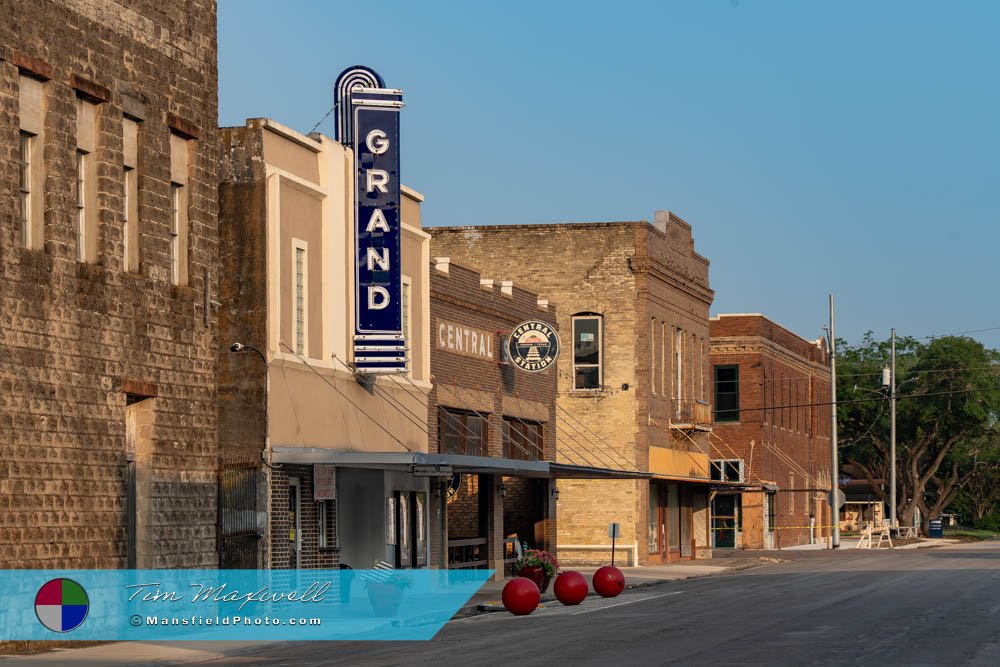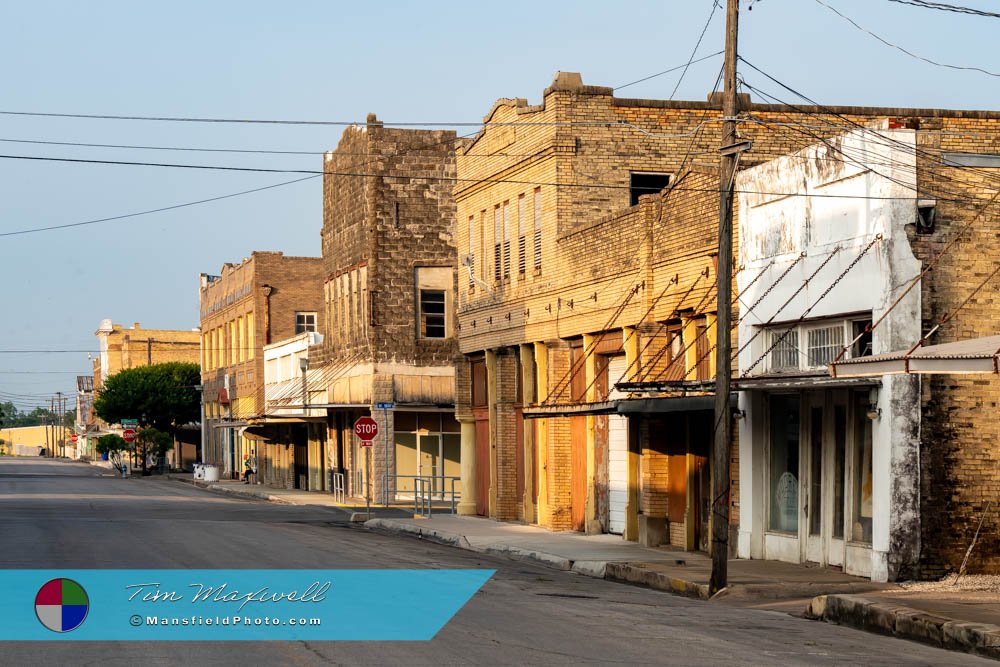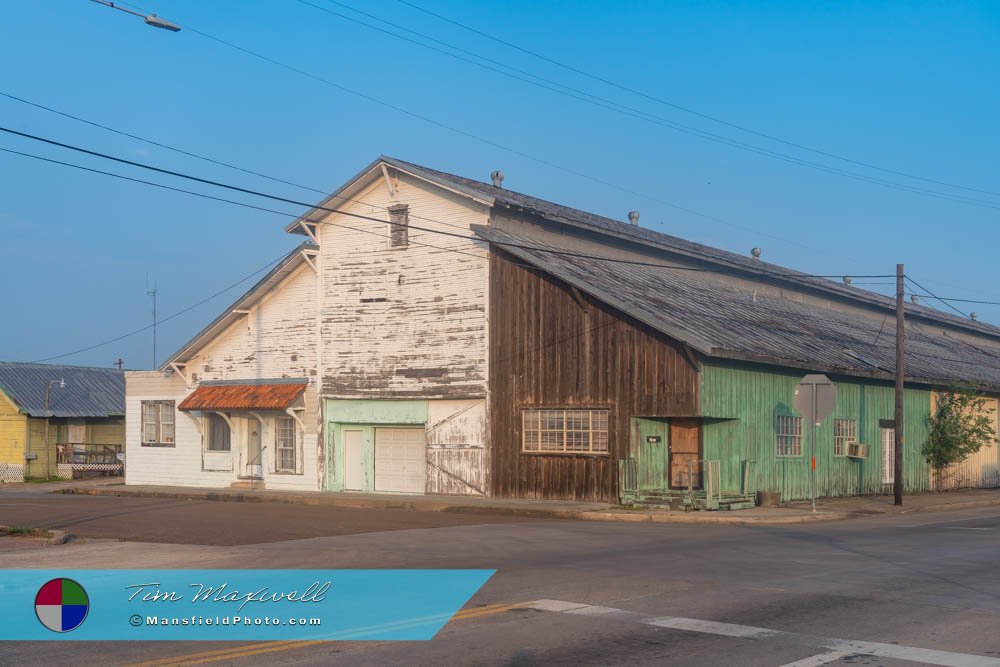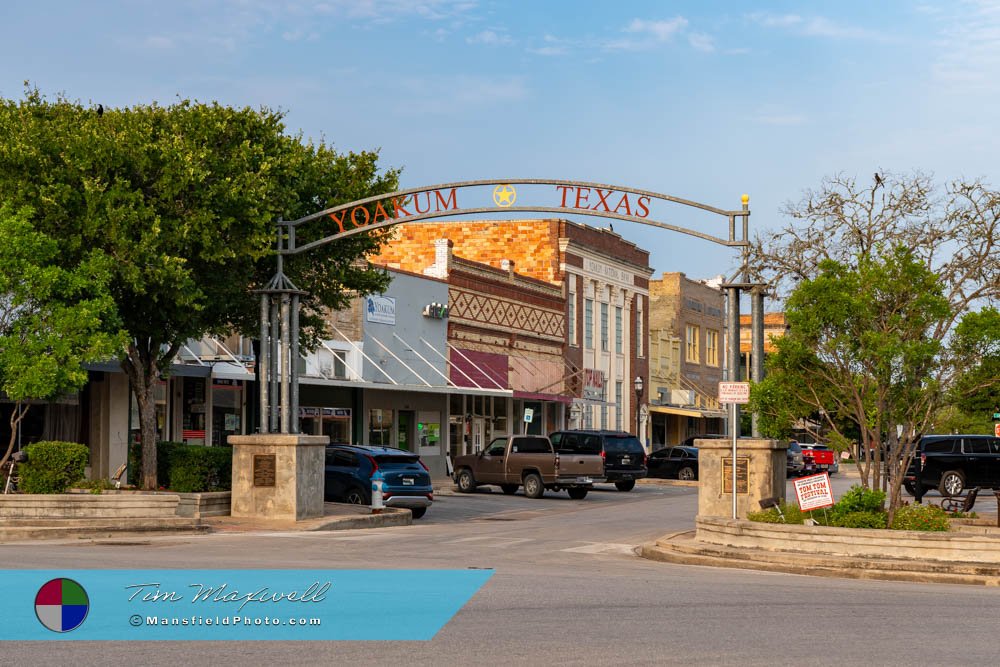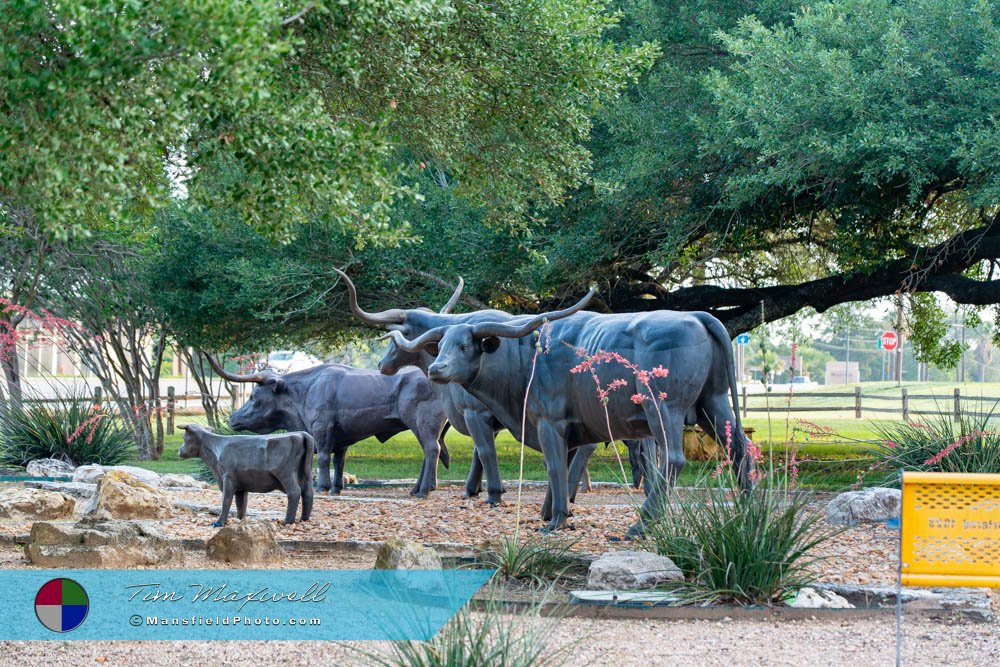Yoakum, Texas
– Tracks, Tomatoes, and Texas Gold.
In a part of Texas where rails once promised prosperity and tomatoes made headlines, Yoakum has a history that still lingers in the air like the smell of fresh soil and locomotive smoke. Built from ambition and agriculture, it’s a place where cattle once launched economic revolutions, and where modern-day celebrations echo stories from long ago.
From the Ground Up: How It All Began
Founded in 1887, the town came into existence as a result of the expansion of the San Antonio and Aransas Pass Railroad. Its name honors Benjamin F. Yoakum, a prominent railroad executive who played a key role in developing transportation networks throughout the region. The townsite sprang up quickly as the railroad pushed through, giving the area a new kind of heartbeat—one measured in whistles, steam, and steel.
Before the rails arrived, this part of Texas had already proven its grit. Following the Civil War, the entire state was reeling—financially ruined, disorganized, and facing an uncertain future. But in the brushy plains of South Texas, opportunity grazed on four legs. Thousands of wild Longhorn cattle, untouched by the war, roamed free.
In this post-war chaos, a few determined individuals saw opportunity rather than ruin. The Texas Trail Drivers of Yoakum-Bovine, Texas, began gathering herds and launching them north along the Chisholm Trail.
These Longhorn were nicknamed “Texas Gold,” and they provided the economic shot in the arm that helped lift the state out of despair. Between 1865 and the late 1880s, this part of Texas sent thousands of animals to meat-hungry markets in Kansas, Missouri, and beyond, forging both prosperity and legend in the dust of their hooves.
Tomatoes and Transformation
While cattle built the foundation, produce brought fame. By the early 20th century, the region had become known as “the tomato capital of south central Texas.” Farming, especially tomato cultivation, transformed the economy and identity of the town. At its peak, crate after crate of tomatoes left by rail to feed cities across the South and Midwest. The tomato era brought both hard work and annual celebration, culminating in one of the town’s proudest traditions: the Tom-Tom Festival.
This multi-day event, held each summer, is a nostalgic blend of hometown carnival, agricultural fair, and cultural heritage. There’s live music, a parade, rodeo events, and enough tomato-themed pride to paint the whole town red. It’s one of those festivals where families gather for generations, where teens become queens of the court, and where everyone, local or visitor, feels like part of the story.
A Walk Through the Past
Historic downtown tells its own version of that story. With sidewalks shaded by vintage awnings and buildings that date back more than a century, the area still hums with quiet activity. The old National Bank stands as a tribute to the town’s financial roots—its ornate façade now housing modern businesses and upscale apartments. The structure remains a reminder of a time when small-town banks were temples of ambition and risk.
Just around the corner is the Grand Theatre, still in use after all these years. Though many towns let their vintage movie houses decay into memory, this one survived. Inside, it retains the kind of charm you can’t fabricate: plush red seats, a balcony overhead, and a stage that’s seen everything from vaudeville to weekend matinees.
Outside town, the ruins of the Brushy Creek Church sit quietly, watched over by trees and time. Though only remnants remain, it once served as a hub for rural families, faith, and community.
Today, it draws photographers and curious travelers, offering a visual echo of the lives once lived around its foundation stones.
Still Kicking in the Present Day
Though the tomato fields aren’t what they once were, the town hasn’t lost its sense of direction. It continues to balance preservation with progress, holding tight to its agricultural identity while embracing small-town revitalization. The downtown area isn’t a relic—it’s alive with boutiques, cafés, and locals who know each other by name.
📍 Interested in exploring Texas’ natural beauty?
Check out our articles on Texas State Parks — every time we visit, we share captivating stories and stunning highlights from these incredible places!
That spirit is easy to feel during the Tom-Tom Festival or any random afternoon at the Grand. It’s in the murals painted on brick walls and the conversations at local diners. And it’s especially strong when talking to those who can trace their family stories back to the cattle drives or early railroad days.
Conclusion: The Tracks Still Echo
This is a town where you can still hear distant echoes of Longhorn hooves and train whistles if you’re quiet enough. The past isn’t frozen—it’s repurposed, repainted, and walked daily. From the era of Texas Gold to its tomato-farming triumphs, the community continues to wear its history with pride—not as a burden, but as a badge.
If you’re looking for a place where legends rode, tomatoes ruled, and time slows just enough to let stories unfold, this might be the next stop on your journey. And if you’re lucky enough to visit during the Tom-Tom Festival, you’ll see exactly why this town never had to look far for its identity. Yoakum was always right there, growing from the soil, rattling along the tracks, and resting in the hearts of the people who call it home.
📸 Interested in More Photos of This Town?

